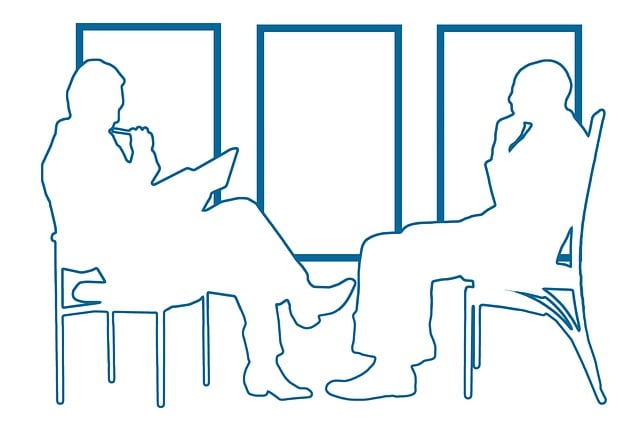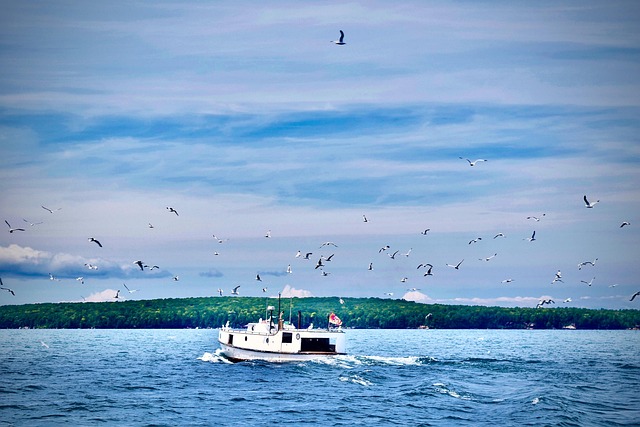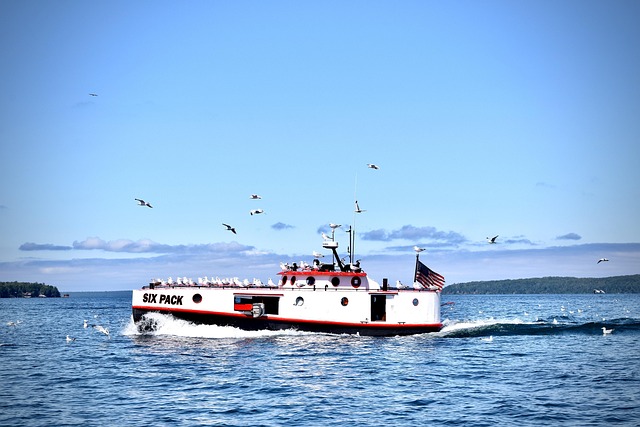Cities worldwide are transforming downtown areas through strategic real estate planning to boost tourism and local economies. This involves repurposing old buildings, creating new public spaces, and offering diverse amenities like cultural venues and modern accommodations. The result is a vibrant urban environment that attracts locals and visitors with unique experiences, fostering community pride and economic growth. Targeted marketing campaigns, combined with investments in infrastructure and design, ensure continuous success for these revitalized hubs.
Downtown revitalization is a powerful tool to attract new visitors, transforming urban spaces into vibrant destinations. This article explores the significant impact of real estate on visitor attraction and provides insights into successful strategies for downtown areas. We delve into how thoughtful urban planning and real estate development can create lasting impressions, encouraging visitors to return and fostering economic growth. Discover the key role of real estate in revitalizing bustling city centers and creating vibrant, appealing metropolises.
Revitalizing Urban Spaces: The Real Estate Impact on Visitor Attraction

Revitalizing urban spaces, particularly downtown areas, has become a strategic move for many cities to attract new visitors and boost local economies. This process involves careful planning and investment in real estate projects that transform underutilized or decaying neighborhoods into vibrant hubs of activity. By repurposing old buildings, creating new public spaces, and offering diverse amenities, urban renewal initiatives capture the interest of tourists and locals alike. The impact is twofold: it breathes new life into neglected areas, fostering a sense of community and pride, while also enhancing the overall visitor experience with unique attractions and improved infrastructure.
The real estate aspect plays a pivotal role in this transformation. Strategic developments, such as mixed-use complexes, modern accommodations, and cultural venues, contribute to the desirability of downtown districts. These projects not only add aesthetic value but also increase foot traffic, encouraging visitors to explore and immerse themselves in the local culture. The ripple effect includes increased business opportunities for nearby establishments, creating a thriving urban environment that continues to draw people from near and far.
Strategies for Downtown Success: Encouraging New Visitors

Revitalizing downtown areas involves a strategic approach to attract new visitors and boost local economies. One key strategy is to focus on diverse and unique experiences that set the area apart from others. This can include cultural events, pop-up markets, street art, and culinary festivals that engage both locals and tourists alike. By creating a vibrant atmosphere, downtown districts become destinations in their own right, encouraging visitors to stay longer and explore more.
Real estate plays a significant role in this process too. Investing in quality infrastructure, such as pedestrian-friendly streets, public spaces, and modern amenities, can significantly enhance the appeal of a downtown area. Attractive retail and residential options, coupled with effective marketing campaigns targeting diverse demographics, ensure that the district remains on the radar for potential visitors and residents, fostering continuous growth and success.
A Vibrant Metropolis: How Real Estate Can Create Lasting Impressions

In the heart of any city, downtown areas hold immense potential as vibrant metropoles that can attract new visitors and foster community growth. One of the key drivers in this revitalization is real estate development, which plays a pivotal role in creating lasting impressions. When done right, real estate projects can transform underutilized spaces into bustling hubs, drawing locals and tourists alike.
By integrating modern architecture with thoughtful design, developers can craft landmarks that become iconic symbols of the city’s renaissance. These structures not only elevate the urban landscape but also provide much-needed amenities, from trendy restaurants and retail spaces to cultural attractions. Such offerings cater to a diverse range of visitors, ensuring that the area remains engaging and dynamic throughout the day and night.






